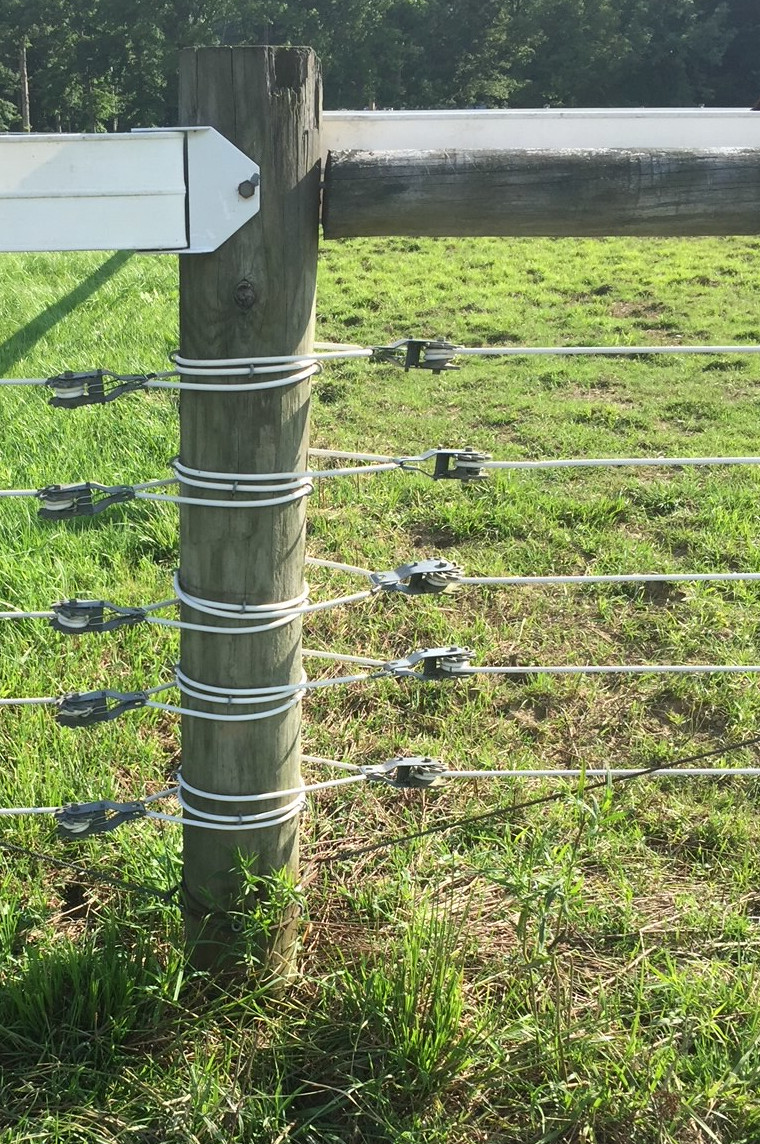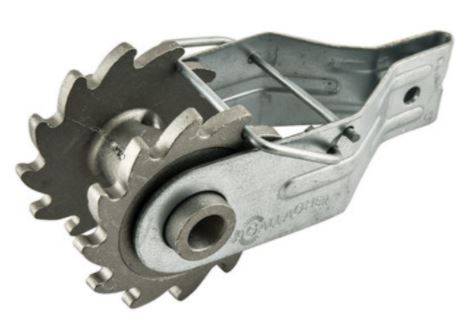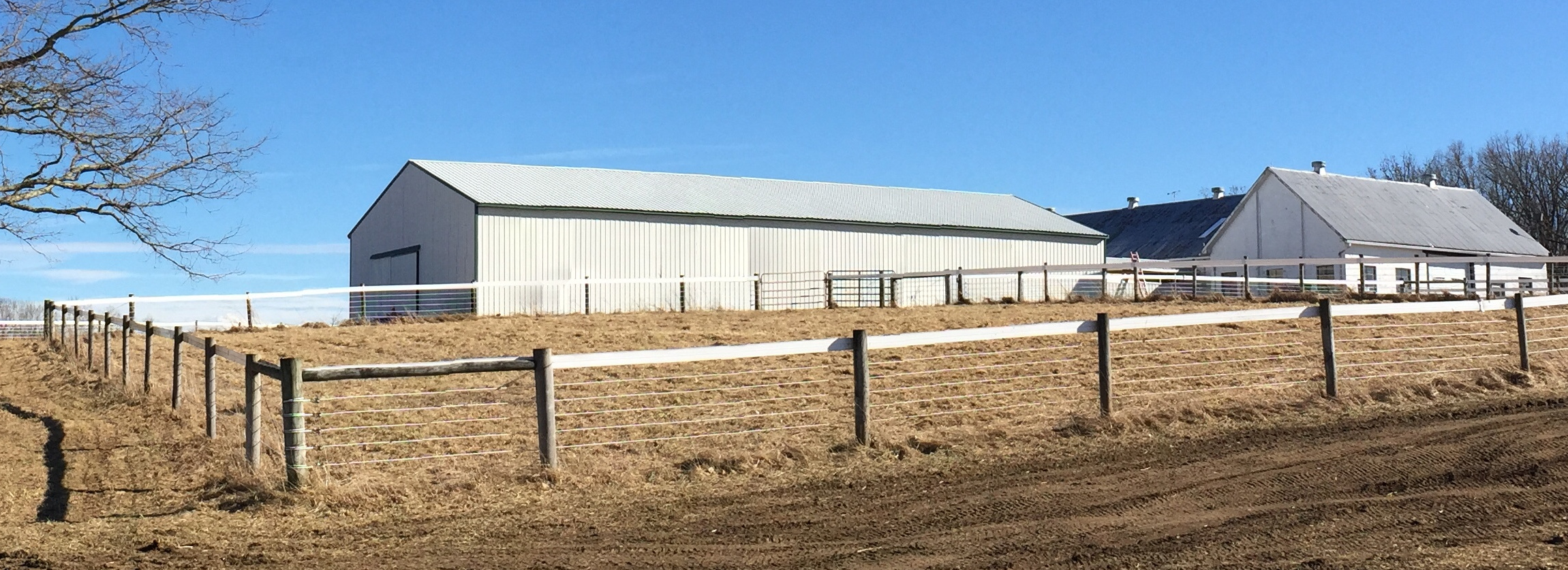Tension Wire Fence
A Tension Wire Fence is a type of fencing system that uses tensioned wire to support and stabilize the fence, often in combination with other materials like chain link mesh or welded wire. It relies on the wire being stretched tightly (under tension) between sturdy posts to maintain structure and rigidity.
Key Features
- Tension Wire: High-tensile wire is stretched tightly between posts to prevent sagging or movement.
- Posts: Typically made of metal, wood, or concrete, posts act as anchor points for the wire.

- Turnbuckles or Tensioning Tools: Devices used to pull the wire taut and maintain consistent tension.
- Support for Fencing Material: The tension wire is often run along the top, middle, or bottom of a chain-link or mesh fence to add strength and prevent the fencing material from bowing.
Common Uses
- Chain Link Fences: Tension wire is used at the bottom or top of the fence to keep the mesh tight and aligned.
- Agricultural Fences: Used to enclose animals or crops, often with barbed or smooth wire.
- Security Fences: Adds structural integrity to fences in industrial or high-security areas.
Advantages
- Reduces sagging or bowing of the fencing material.
- Provides additional support without needing a top or bottom rail.
- Cost-effective compared to other rigid fencing reinforcements.
- Quick to install compared to alternatives.

Parent Categories
Tension Wire Fence Equations
- Wire Fence Cost Estimate KurtHeckman Use Equation
- Wire Fence Materials KurtHeckman Use Equation
- Attachments
| WireFence1.jpg |
| WireStrainer.jpg |
| wire-fence-corner.PNG |
| WireFence2.jpg |
| wire-fence-material-calc.PNG |
